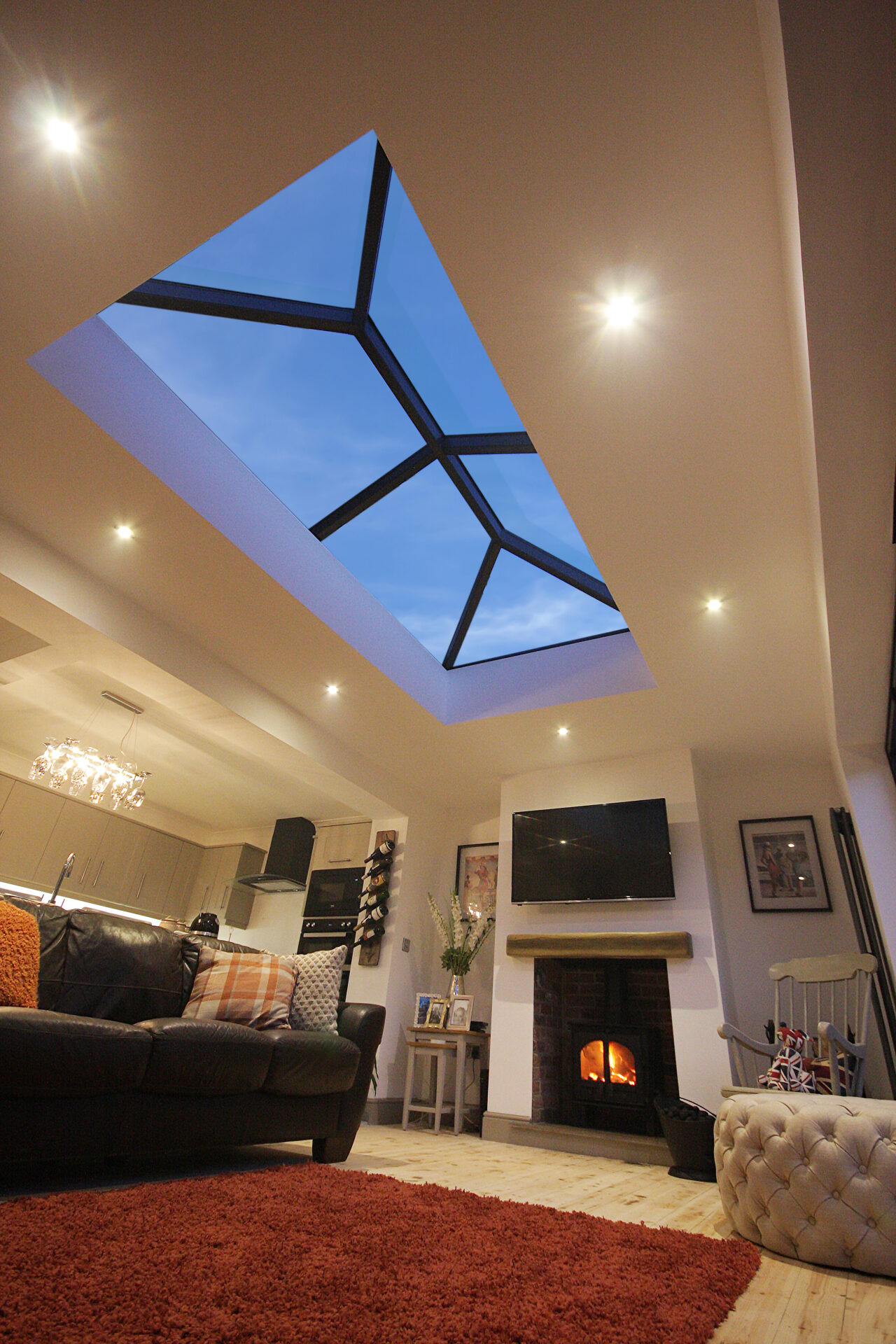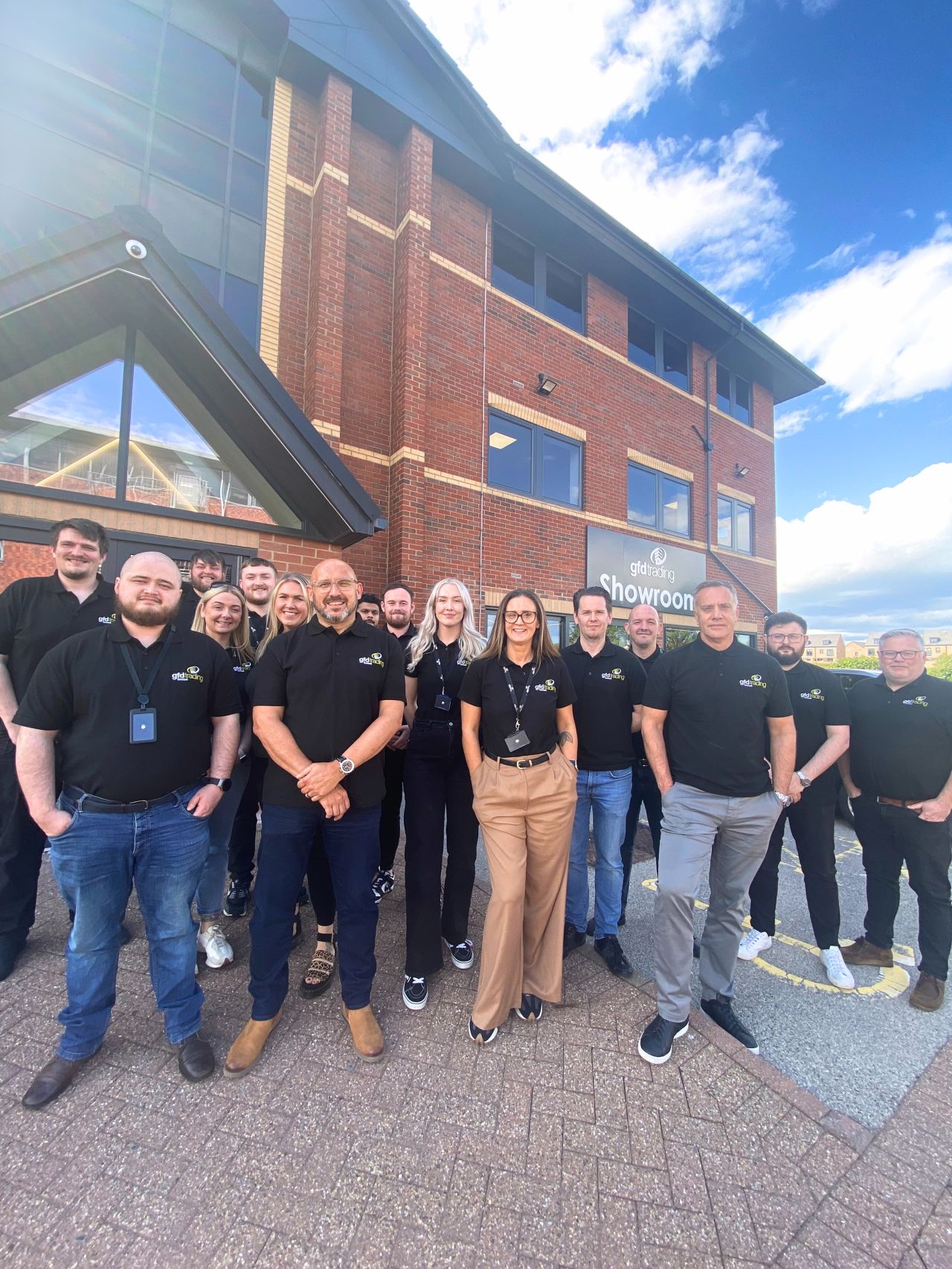Last Updated on 15 November 2024 by Team GFD
Roof lanterns serve as elegant architectural features, often adding a touch of sophistication and style to both residential and commercial spaces.
One common query regarding these structures is whether they have operable functionalities. Or in simpler terms, can they open to allow ventilation!
In this article, we’ll explore this topic further, discussing the advantages and disadvantages of operable roof lanterns, as well as addressing common questions.
Looking for something in a hurry? Jump ahead:
- Understanding roof lantern designs
- Operable roof lanterns
- Types of roof lantern mechanisms
- Installation and maintenance considerations
- Pros & Cons of Operable Roof Lanterns
- Practical applications and design inspiration
- Invest in Quality Roof Lanterns
- FAQs
Understanding roof lantern designs
Roof lanterns are typically glazed structures installed on rooftops to allow natural light into the space below. They consist of a framework of timber, metal or uPVC (unplasticised, polyvinyl chloride), topped with glass panels.
These structures come in various shapes and sizes, ranging from simple rectangular designs to more intricate octagonal or pyramid shapes.
The primary purpose of a roof lantern is to illuminate the interior of a building with natural daylight, creating a bright and airy atmosphere. In addition to their aesthetic appeal, they can also provide ventilation and serve as a focal point in architectural design.
Operable roof lanterns
Operable roof lanterns provide an innovative solution for managing airflow and ventilation within a space, offering convenience and flexibility without sacrificing the aesthetic appeal of a fixed roof lantern. Unlike standard lanterns, operable roof lanterns feature vents that can be opened and closed to regulate airflow effectively.
If you’re thinking about placing a roof lantern in an area that has high humidity levels, we’d definitely recommend opting for a lantern that offers ventilation, such as our Atlas Aluminium Roof Lanterns.
Types of operable roof lantern mechanisms
Operable roof lanterns are controlled through their vents. These vents can be operated manually, motorised or controlled by sensors, allowing for flexibility in regulating airflow and natural light.
Installation and maintenance considerations
Proper installation is crucial to ensure the functionality and longevity of operable roof lanterns. It’s essential to consult with experienced professionals to determine the appropriate size, placement and structural support required for the lantern.
Regular maintenance of vents and mechanisms is also necessary to ensure smooth operation and prevent issues such as water leakage and malfunction.
Pros and cons of operable roof lanterns
Operable roof lanterns offer several benefits, but they also come with certain drawbacks that need to be considered before installation.
Our Atlas roof lanterns have terrific energy ratings and come with an electric vent option for additional ventilation.
Pros of operable roof lanterns
The main benefits of operable roof lanterns are:
Enhanced ventilation
The addition of vents provide an effective means of ventilation, allowing fresh air to circulate within the interior space. This improved airflow can help regulate indoor temperature and humidity levels, creating a more comfortable environment for occupants.
Flexibility in design
Operable roof lanterns come in a variety of styles, sizes and configurations, offering flexibility in design. Whether you prefer a traditional or modern aesthetic, there are options available to suit your architectural preferences and functional requirements. Additionally, operable lanterns can be customised with various glazing options, frame material and finishes to complement the overall design scheme of your space.
Improved air quality
The proper ventilation provided by operable roof lanterns helps remove stale air, odours and indoor pollutants from the interior environment. This can contribute to improved indoor air quality and create a healthier living or working environment for occupants.
Energy efficiency
When used strategically, roof lanterns can enhance the energy efficiency of a building. By allowing natural light to penetrate deep into the interior space, they reduce the need for artificial lighting during daylight hours, leading to potential energy savings.
Additionally, effective ventilation can help reduce the reliance on mechanical cooling systems, further lowering energy consumption.
At GFD Homes, all of our roof lanterns come with a fantastic 10 year guarantee, offering peace of mind long after your purchase.
Cons of operable roof lanterns
A few of the cons of operable roof lanterns are:
Maintenance requirements
Operable roof lanterns, particularly those equipped with motorised or sensor-controlled mechanisms, may require regular maintenance to ensure proper functioning. The maintenance may include cleaning the glass panels, lubricating moving parts and inspecting for any signs of wear or damage. Failure to perform regular maintenance tasks may lead to operational issues and discrete the lifespan of the lantern.
Whether you choose a standard roof lantern without vents from our collection or decide to add vents for ventilation, rest assured that when it comes to cleaning your roof lantern, you won’t have to worry as they can be cleaned easily and are relatively low maintenance.
Potential for leakage
Improper installation or sealant degradation can result in water leakage through the vents during rainfall. This can pose a risk of water damage to the interior spaces, including ceilings, walls and furnishings. To mitigate this risk, it’s essential to ensure that the roof lantern is installed correctly and that all seals are intact and properly maintained.
Cost considerations
The upfront cost of operable roof lanterns, especially those equipped with motorised or sensor-controlled mechanisms, may be higher compared to standard roof lanterns without vents.
Additionally, ongoing maintenance and potential repair costs should be factored into the overall cost of ownership. While operable lanterns offer numerous benefits, it’s important to weigh these against the initial investment and ongoing expenses to determine their long-term value.
Security concerns
Operable roof lanterns may pose security concerns, as they provide potential entry points for intruders; however, this risk can be mitigated by installing secure locking mechanisms and utilising high-quality materials for the construction of the lantern.
Additionally, incorporating security features such as sensors or alarms can provide added peace of mind for property owners.
Every roof lantern in our collection has been designed to offer maximum security to every home.
Limited weather protection
While operable roof lanterns offer the advantage of ventilation, they may provide limited protection against inclement weather conditions such as strong winds, heavy rain or snow.
During severe weather events, it may be necessary to close the vents to prevent water ingress and protect the interior space; however, it’s important to realise that the risk is only present when the vent is open. When closed, the vent is fully weather and waterproofed!
Practical applications and design inspiration
Operable roof lanterns can be employed in various architectural contexts to enhance both the residential and commercial spaces. From traditional conservatories to modern extensions, these versatile structures offer practical solutions for maximising natural light and ventilation.
Invest in Quality Roof Lanterns
When considering a roof lantern addition for your home, it’s essential to prioritise quality and durability. Investing in well-made products from reputable manufacturers ensures reliability and longevity, minimising the need for frequent repairs or replacements.
At GFD Homes, all of our roof lanterns come with the option to add vents for ventilation. These vents can be controlled manually or electrically, depending on your preference and also require minimal maintenance.
For more information on our roof lantern vents, feel free to get in touch with our team via enquiries@gfdhomes.co.uk or call us on 01642 309576.
Thinking about purchasing a roof lantern but not sure if it’s right for you? Explore our blog for guidance. Packed with articles covering topics from how to stop condensation on roof lanterns to choosing the right roof lantern size for your home, we’ve got all your queries covered.
FAQs about opening roof lanterns
Do I need permission for a roof lantern?
Although most roof lantern installations do not require planning permission, there may be times where it is required or you’ll need to adhere to building regulations.
We strongly recommend checking with your local authorities or a professional architect to ensure compliance with relevant regulations.
Are roof lanterns secure?
Yes, thanks to advancements in technology, all roof lanterns available to purchase on the market are extremely secure. Additionally, choosing high-quality materials and professional installation can enhance the overall security of the structure.
Does a roof lantern let in more light?
Roof lanterns are specifically designed to maximise the amount of natural light entering the interior space. By positioning the lantern strategically, you can fully appreciate the beauty of natural light flooding your home throughout the day.

